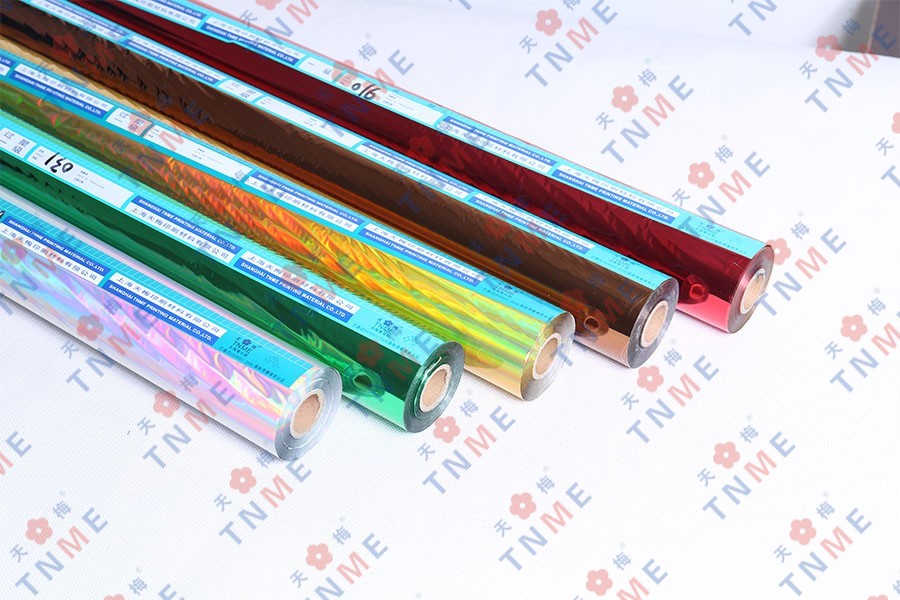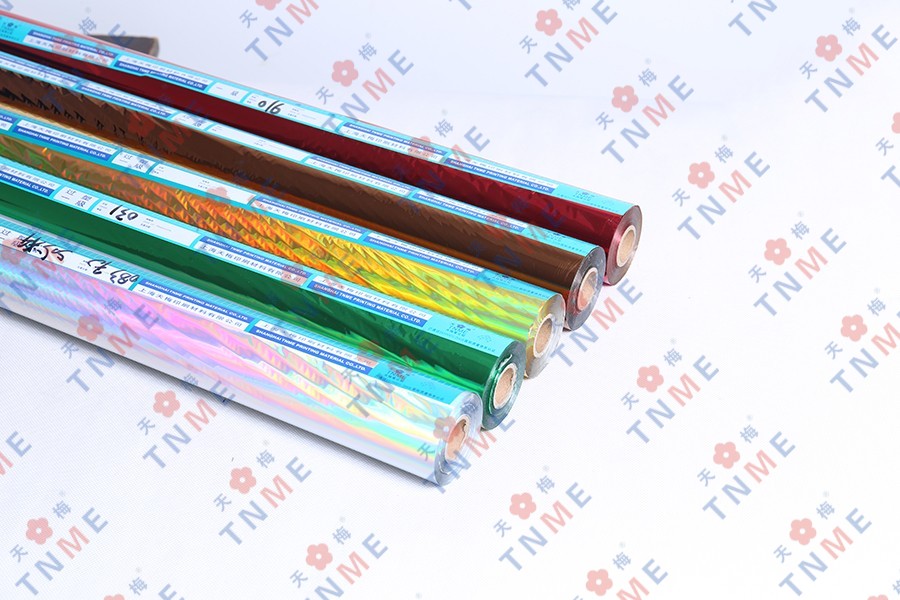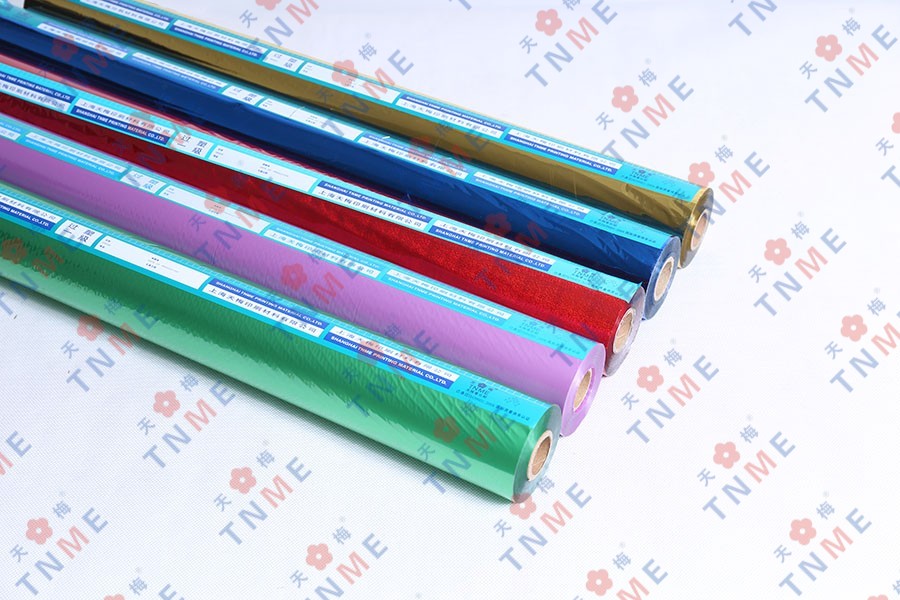Why Foil without glue is Highly Reflective?
Author:admin Date:2023-10-11
Foil, such as aluminum foil, is highly reflective even without the use of glue because of its inherent properties and the way it interacts with light. Here are some key reasons why foil is highly reflective:
Smooth Surface: Foil without glue has a very smooth surface. When light waves encounter a smooth and flat surface like foil, they bounce off it in a predictable manner, following the law of reflection. This means that the angle of incidence (the angle at which the light hits the surface) is equal to the angle of reflection (the angle at which the light bounces off the surface). This regular reflection minimizes scattering and helps maximize reflectivity.
Metallic Properties: Aluminum foil is made from a thin sheet of aluminum metal. Metals are excellent reflectors of light due to their unique electronic structure. The free electrons in the metal can easily move in response to the incoming light waves, and they re-emit the light in various directions. This re-emission of light contributes to high reflectivity.
Thinness: Aluminum foil is extremely thin, typically only a few micrometers thick. Its thinness means that the light doesn't have to penetrate deep into the material before being reflected. Instead, most of the light interacts with the surface and is reflected right away.
Low Absorption: Aluminum is a poor absorber of visible light, particularly in the visible spectrum (the light that our eyes can see). Instead of absorbing visible light, aluminum primarily reflects it. This low absorption of light is another reason for its high reflectivity.
Oxide Layer: Aluminum foil naturally forms a thin oxide layer on its surface. This oxide layer can act as a protective barrier, preventing further reactions with oxygen and other environmental factors that might reduce reflectivity.
The high reflectivity of foil is primarily due to its smooth surface, metallic properties, thinness, low absorption of visible light, and the presence of a protective oxide layer. These factors make it an excellent material for reflecting light, which is why it is commonly used for various applications such as wrapping food, insulating materials, and in reflective surfaces for photography and science experiments. Glue is not required for its reflective properties; it may be used to adhere the foil to surfaces but doesn't significantly affect its inherent reflectivity.




 English
English 中文简体
中文简体

















